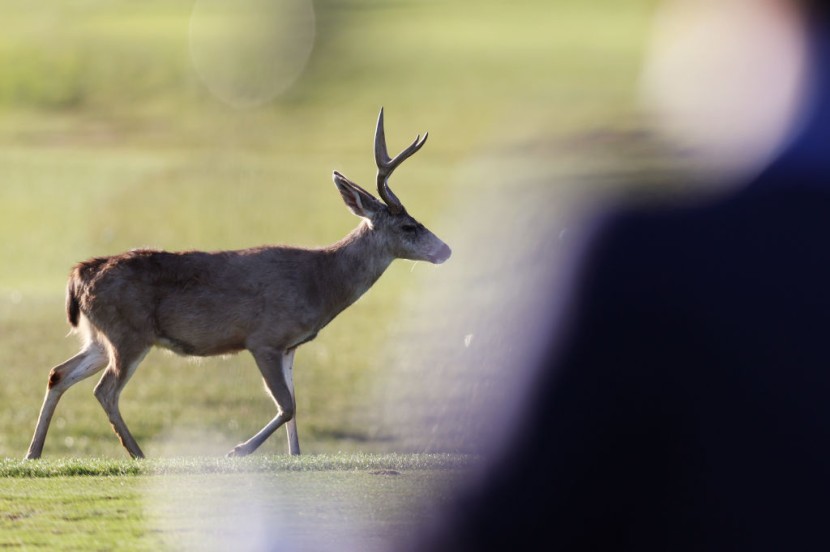
Researchers in the United States recently discovered a variant of Omicron in a white-tailed deer in New York, raising worries that the species, with a population of 30 million across the country, could become hosts of the new COVID-19 strain.
According to the scientists from Pennsylvania State University that led the study, the blood and nasal swab samples from 131 deer captured on Staten Island indicated 15% had virus antibodies. As reported by Reuters, the findings suggest that the animals had been infected by a coronavirus in the past and were vulnerable to repeated reinfections with new variants.
Suresh Kuchipudi, a Penn State veterinary microbiologist, said that the movement of the virus in animal production "always raises the possibility of getting back to humans." More importantly, the virus has increased chances "to evolve into novel variants."
"When the virus completely mutates, then it can escape the protection of the current vaccine. So we'd have to change the vaccine again," Kuchipudi noted.
The discovery, which marks the first time Omicron has been detected in a wild animal, comes as the human population in the United States is gradually recovering from a spike in COVID-19 infections caused by the variant.
According to the US Agriculture Department (USDA), while there is no proof that animals transmit the virus to people, the majority of coronavirus infections were documented in species that had close contact with a person with COVID-19.
How Did It Happen?
COVID-19 had previously been found in dogs, cats, tigers, lions, snow leopards, otters, gorillas, and minks, based on a report by USDA.
Experts in the USDA's Animal and Plant Health Inspection Service said the new results were not surprising. COVID-infected deer have since been discovered in other states like Illinois, Michigan, Pennsylvania, and Ohio, as per ABC News.
According to Dr. J. Scot Weese, professor at Ontario Veterinary College at the University of Guelph in Canada, "deer are sometimes naturally infected from exposure to people." He mentioned that researchers have seen different strains in deer that reflect "what is going on in people at the time."
There are a few expert theories about how omicron infected deer, and all of them start with humans.
One possibility is that the virus was spread by deers coming into close contact with humans that possibly fed them. Another theory is that deer interacted with other animals infected with COVID from humans, such as cats.
According to existing evidence, deer can transmit the virus to other deer but not to humans.
COVID-19 Infected Animals Slaughtered
Last month, Fortune reported that after identifying COVID in one of the rodents sold at a local pet shop and accusing hamster-to-human infection of a surge in local COVID-19 cases, authorities in Hong Kong gathered up and slaughtered 2,000 hamsters.
The government urged pet owners who had recently purchased hamsters from the shop to donate their animals to a euthanasia task force. In response to the little reign of terror, local animal advocates built an underground railroad for hapless hamsters.
As of now, scientists have not proposed the culling of deer to eradicate the virus. However, the experts who discovered Omicron in whitetail deer teamed up with a group that initiated herd-thinning operations to capture and test the deer.
Related Article : Omicron Puts Kids at High Risk, Causing Unusual Complications
© 2025 HNGN, All rights reserved. Do not reproduce without permission.








